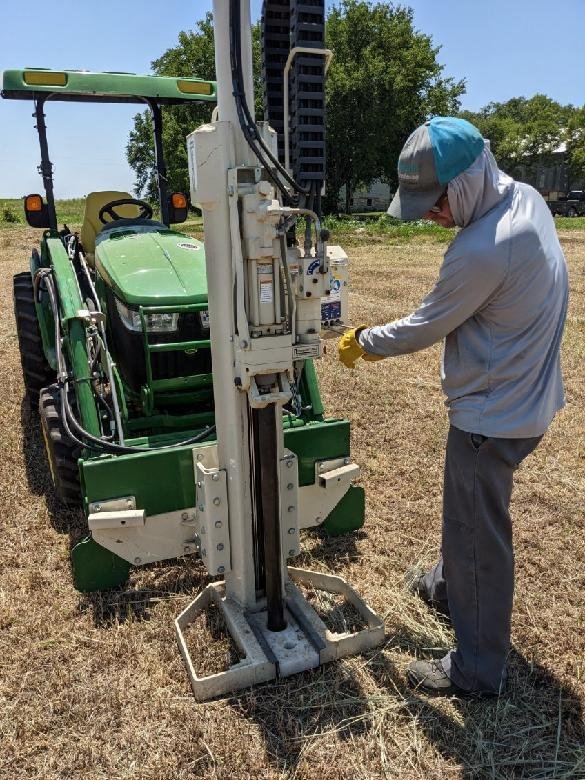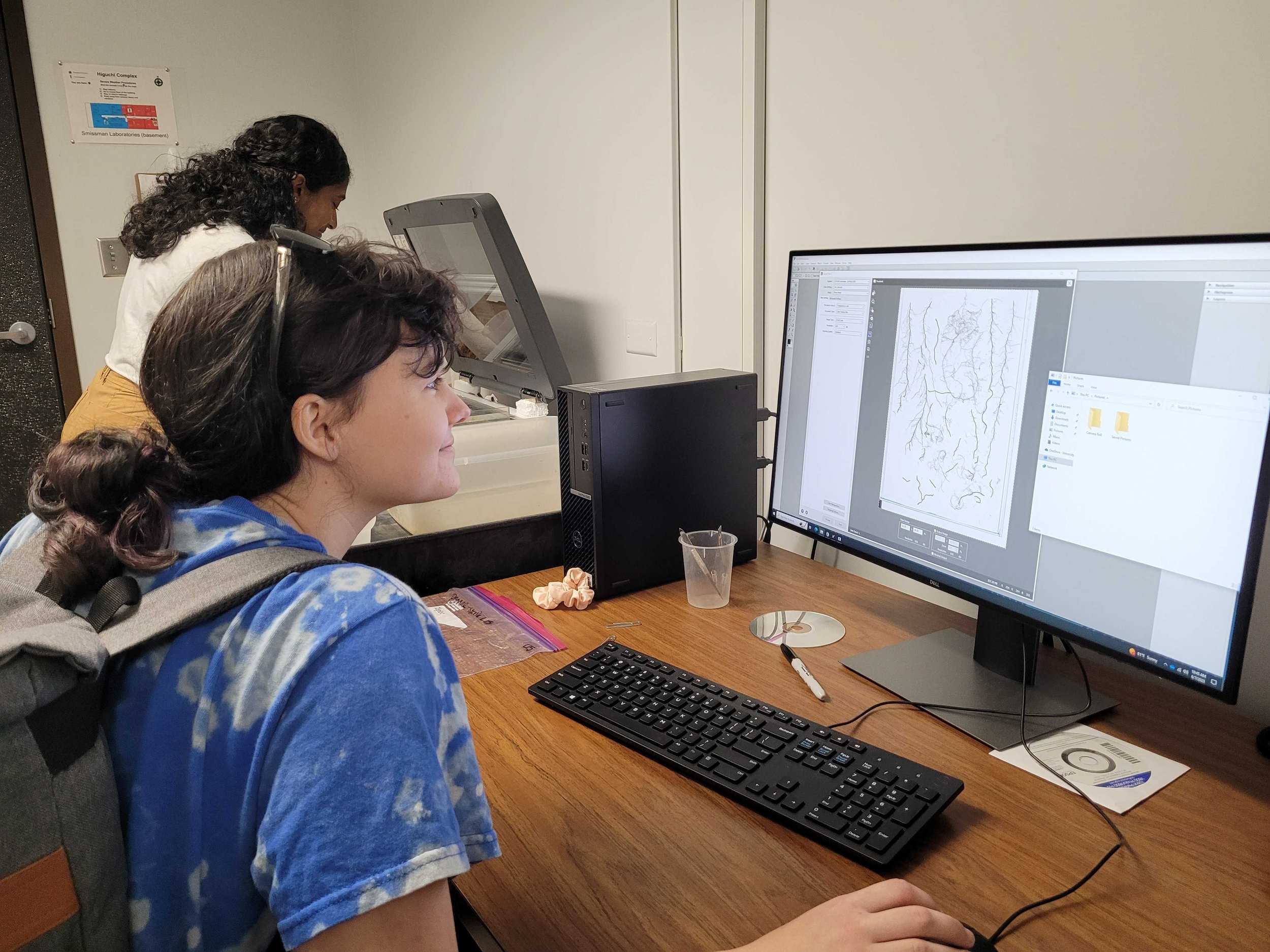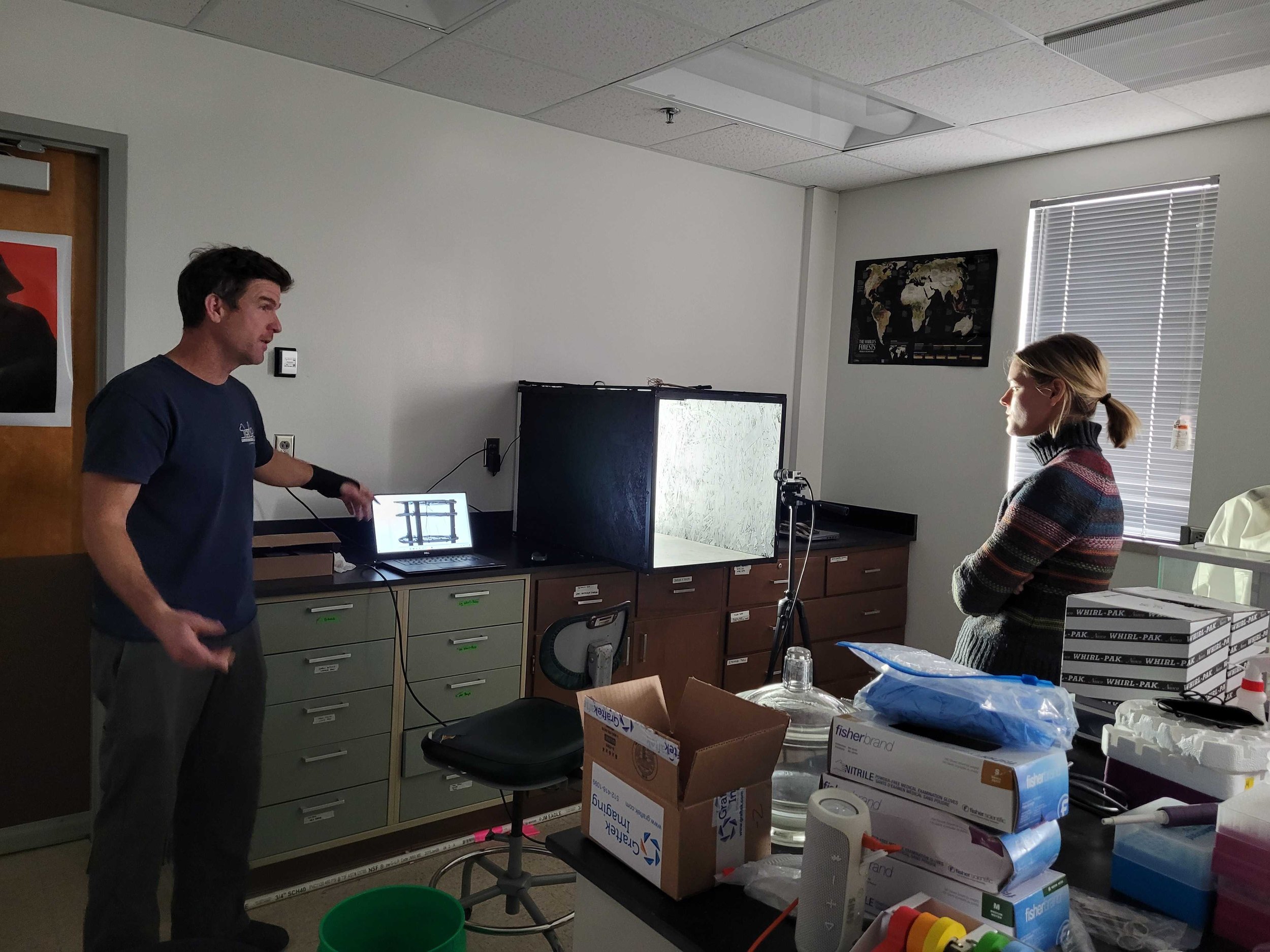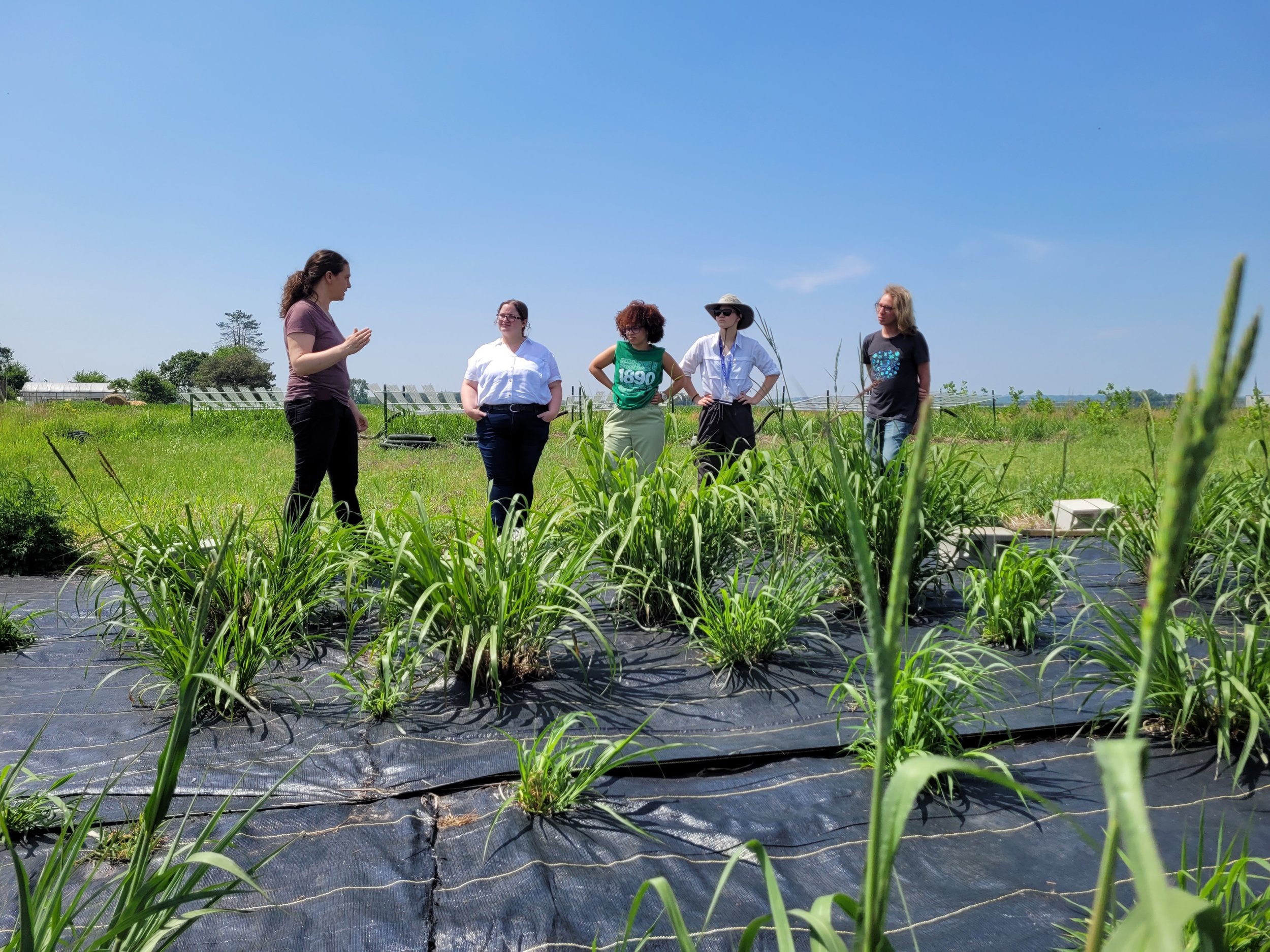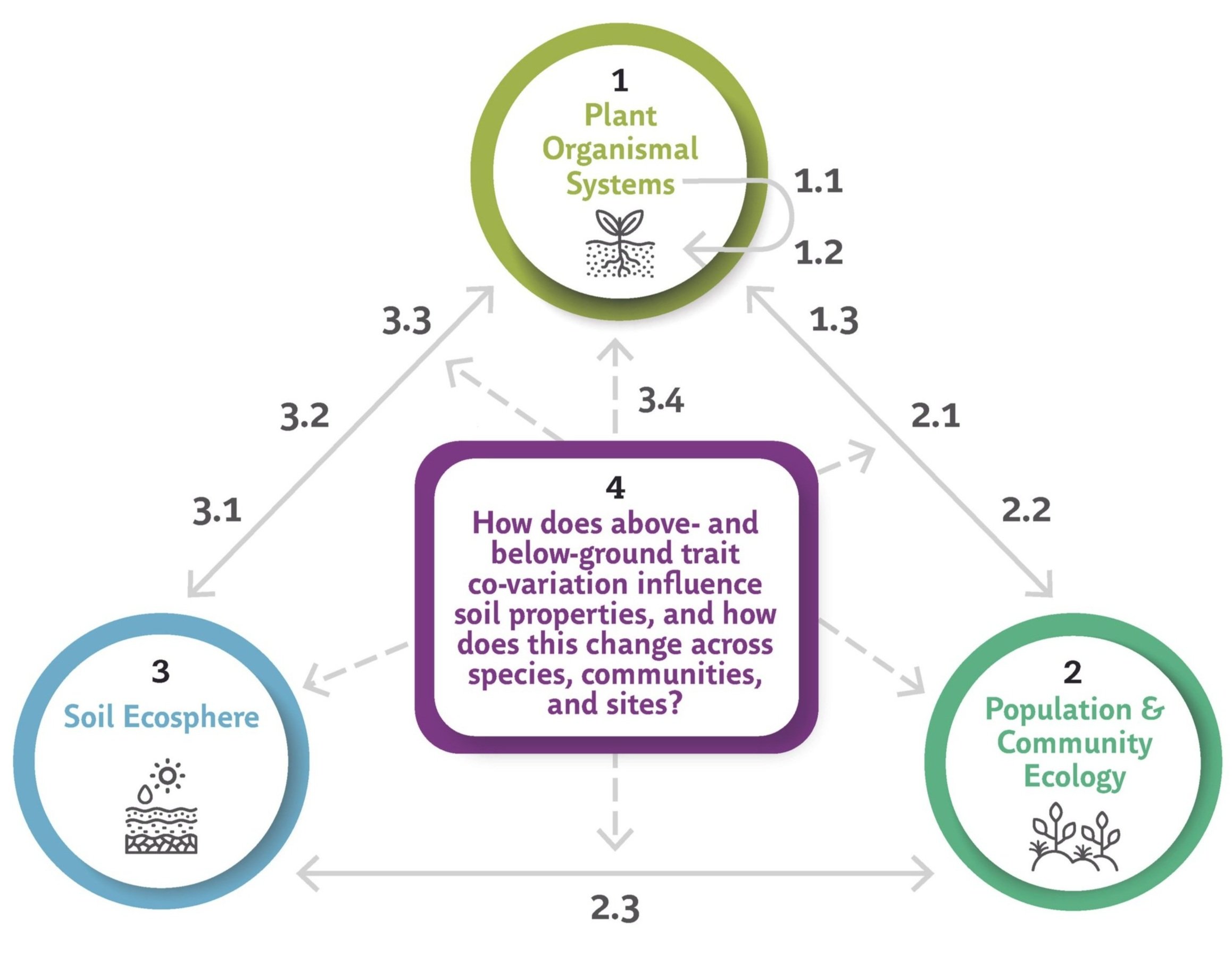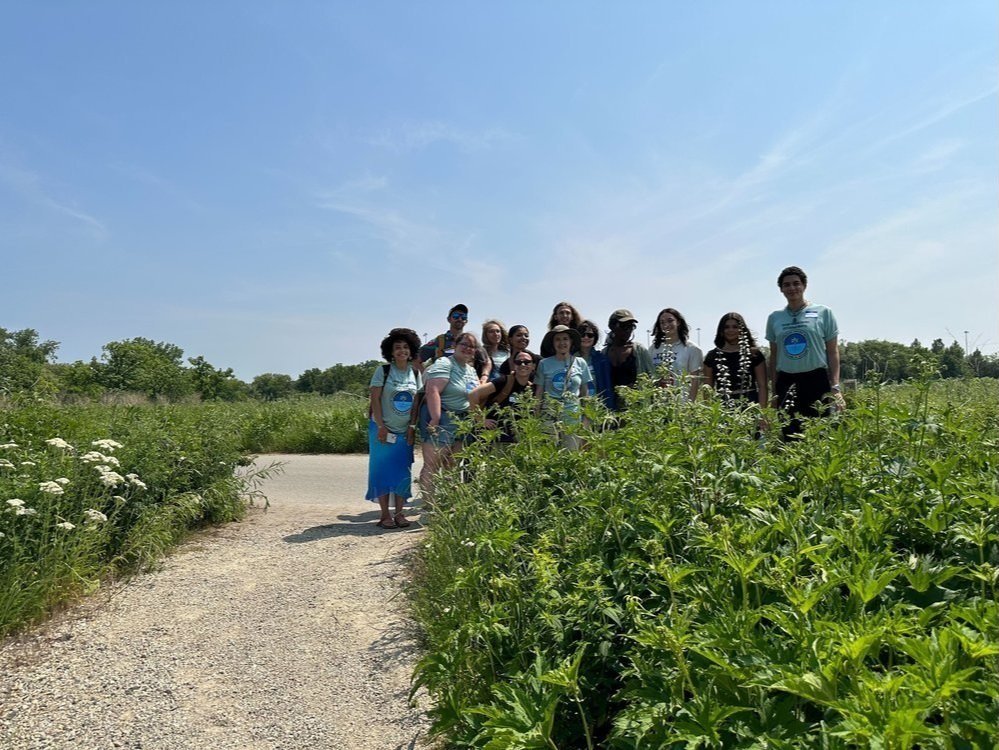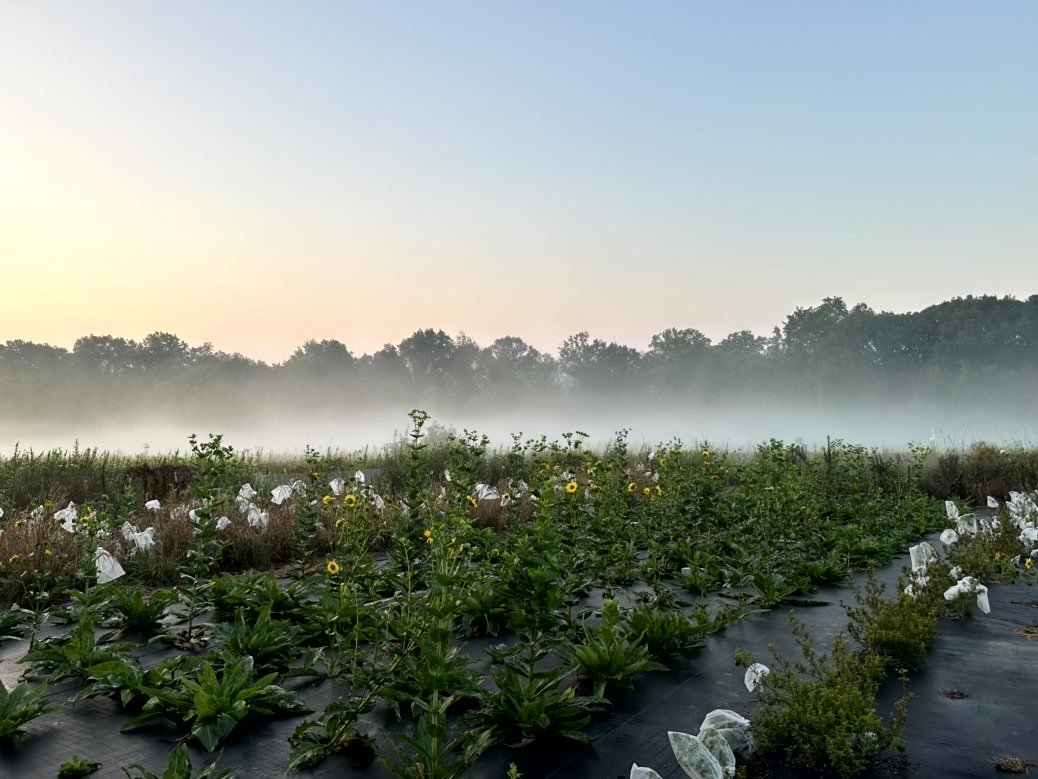
Who are we?
A collaborative enterprise
The New Roots for Restoration BII team includes scientists and trainees from nine academic institutions: Chicago Botanic Garden (with Northwestern University), Danforth Plant Science Center, The Land Institute, Saint Louis University, Saint Louis Science Center, University of Kansas, University of Missouri, and the University of Vermont. Founded in September 2021, our Institute comprises approximately 100 scientists and trainees at any given time.
What are we doing?
Putting perennial plants in context
Perennial plants comprise the vast majority of plant species and plant biomass on the planet. Thousands of perennial, herbaceous plant species exist in nature and will play a key role in establishing the resilient natural and agricultural systems of the future.
Through their root systems, plants connect the aboveground and belowground worlds. However, we lack an understanding of how plant traits govern these connections. Our projects aim to characterize how above- and belowground plant traits influence, and are influenced by, surrounding plant communities and the soil ecosphere.
how are we going about it?
Discovery through integration
The New Roots for Restoration BII integrates three scientific disciplines: plant organismal systems, population and community ecology, and the soil ecosphere. Informed selection of plants based on an understanding of how they interact with each other and with soil will enable restoration of degraded lands in natural and agricultural systems
What are our goals?
Build the next generation of scientists
Biological restoration requires a nimble workforce that understands relationships between plants, plant communities, and the soil ecosphere. Discover our education, mentoring, and training programs targeting the next generation of restoration scientists.
Advance the restoration of natural and agricultural systems
Land use conversion has impacted over 75% of the global landscape, resulting in an estimated loss of 50% of the world’s topsoil in the last 150 years. Informed selection of plants based on how they interact with each other and the soil will enable restoration of degraded lands in natural and agricultural systems. Scientific advances made by the Institute are improving our ability to predict belowground functional traits based on aboveground phenotypes. This information will accelerate breeding (for perennial crops) and aid in the selection of suitably biodiverse germplasm (for wild species) for use in efforts to restore natural and agricultural ecosystems.


